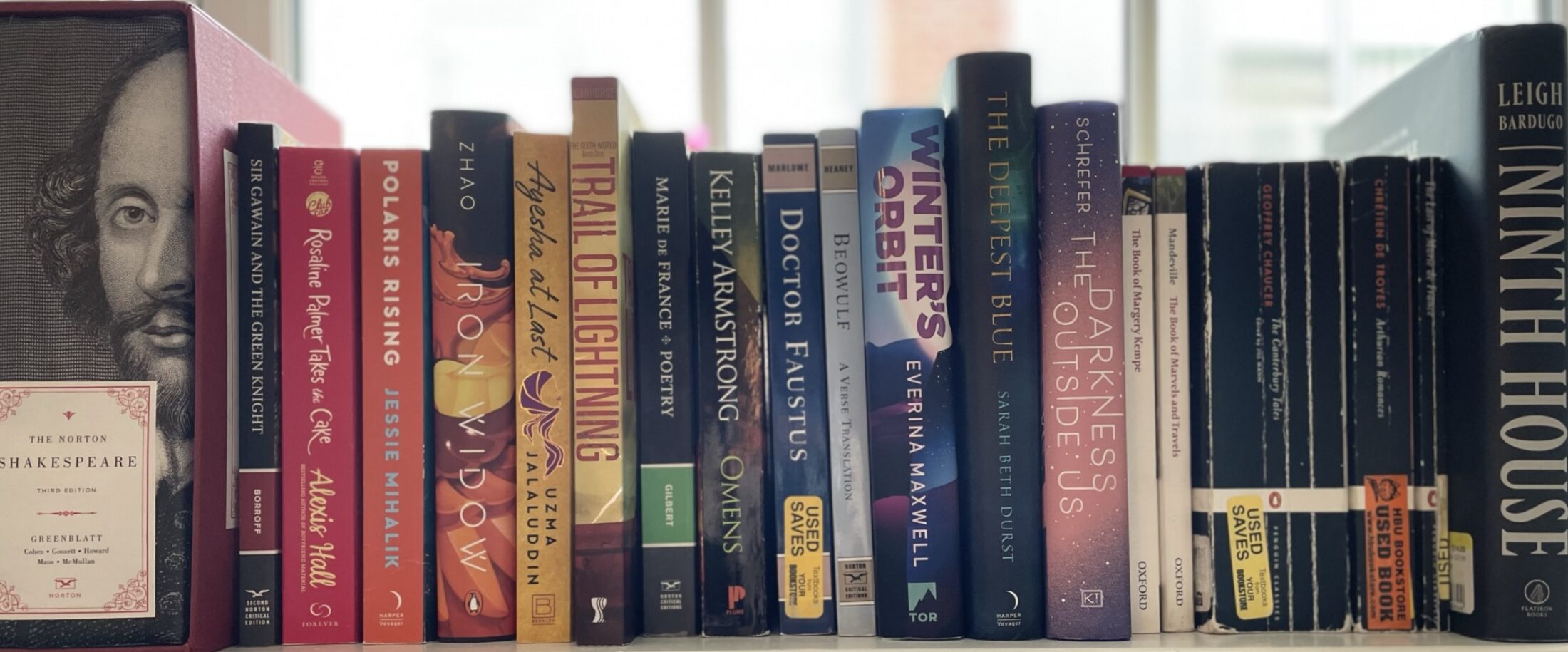The materialist approach to the study of physical objects in medieval literature refocuses attention to the context of objects in the texts and their use. In “Introduction: The Materiality of Medieval Romance and The Erle of Tolous,” Nicholas Perkins argues previous scholars interpret the symbolic value of material objects in medieval romances, however, he argues the physical objects’ use value should be considered as well (1-7). Following this approach, I will examine physical objects’ aesthetic and use-value, refocusing the way materiality shapes the corpus. In combination with Adams and Bradbury’s feminist approach to object study, the use-value of objects becomes a site of gender negation in the Breton lai corpus. By centering object word frequency, one can see how objects consistently work to characterize texts through their description.
I distantly read the AntConc Word List to do text-mining as a form of text-analysis to find the most frequently appearing object words in the corpus. Text-mining looks at word frequency to consider a text or corpus. AntConc is a corpus analysis tool that aids in concordancing, or creating a list of each appearance of a word in a text or corpus with the immediate context. The tool also provides other methods of digital text analysis.
The Excel treemap above is generated from the AntConc word frequency data to show the relative frequency of the terms. The highest frequency words like bed and lance represent physical objects only. It is important to note, gold represents the gold material as well as the color. Arms encounter a similar problem, where arms represent the arms or weapons as well as the arms on the body. The next frequent words are shield and armour, protective or decorative objects. I found the relatively small number of swords in the text interesting, because of the prominence of swords in some of the texts versus their relative appearance across the corpus. Moving forward with my analysis, I aim to follow these items as cities of gender negation in their gendered-object-use.

It is important to note the relative size of each text before proceeding with the object word count per text. The Excel treemap above is generated from the word frequency data to show the relative size of each text. The Arthurian Romances by Chrétien de Troyes contains the most words followed by The Canterbury Tales by Geoffrey Chaucer, The Twelve Lais by Marie de France, and Sir Gawain and the Green Knight.1 When looking at differences between object appearances in the text, this ratio is important to consider.
